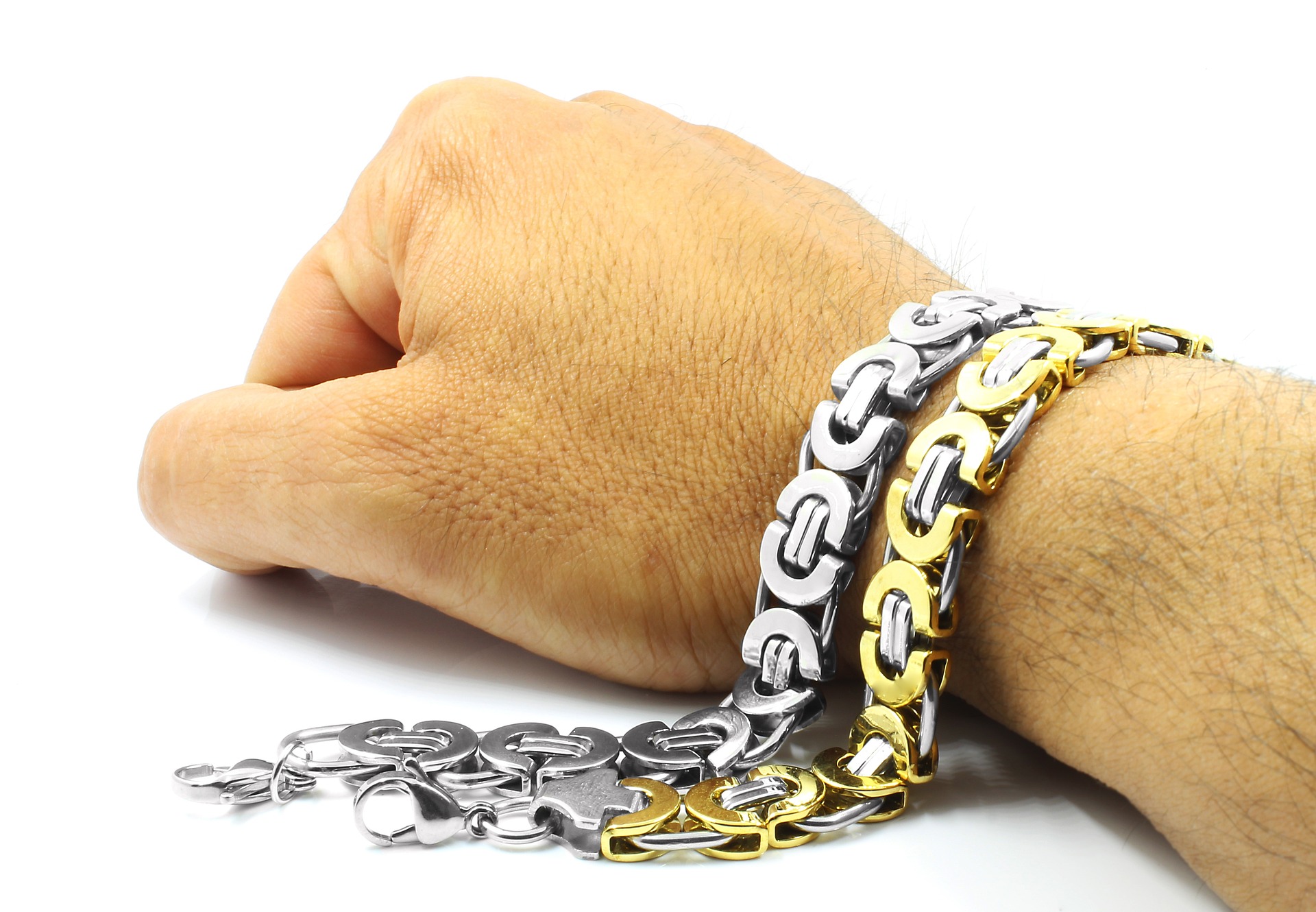Which Jewelry Should A Men Pick: Silver Or Gold?
 Many men find themselves having to choose between silver or gold jewelry. Some pros and cons should be considered before purchasing whether they want to make a statement or love both metals.
Many men find themselves having to choose between silver or gold jewelry. Some pros and cons should be considered before purchasing whether they want to make a statement or love both metals.
The answer to this question isn’t simple — it depends on several factors, from your skin tone and hair color to the look you’re going for.
Table of Contents
Style
Choosing the style of your jewelry is crucial to achieving a stylish look. It can make or break your outfit, so knowing how to wear different types of jewelry and how much you should wear is essential.
Silver is one of the most popular styles, as it’s versatile and understated. It makes it the perfect choice for a man who wants to add a subtle touch of luxury to his look without overdoing it.
Another option is gold, like gold chains, a warmer color that can complement darker hues in your clothing, such as brown or earthy tones.
Purity
Often, silver is alloyed with other metals (primarily copper) to make it more malleable. It also undergoes a chemical reaction that causes it to tarnish over time.
When shopping for silver jewelry, looking at the purity mark is essential. This stamp indicates the item’s content of precious metals and can tell where the metal was tested, who designed it, and more.
Gold is typically labeled using a karat system. A karat is a measure of purity in parts per thousand.
For example, 14k gold comprises 14 parts of pure gold and ten parts of another metal. 18k gold contains 18 pieces of pure gold and six parts of other metals.
Weight
When it comes to choosing the perfect piece of jewelry, you want something that you are proud to wear every day. You also want an amount that can stand the test of time.
The weight of silver may not be the first thing that comes to mind, but it is an essential factor in determining whether a necklace or bracelet will keep its value for a long time. A solid sterling silver chain with a high-quality clasp will last years.
When picking the best silver necklace, you should do your research beforehand. For example, look for a trusted retailer with excellent customer service and returns policies. Consider consulting a professional jeweler for the most up-to-date advice.
Durability
When deciding on jewelry, it’s important to consider durability. A piece can resist bending, scratching, denting, and snapping over time.
An excellent way to determine the durability of a piece is to check its Mohs scale of hardness. This measurement standard compares different metals based on their scratch resistance.
Pure silver is too soft for use in jewelry, so it’s alloyed with other metals to increase its strength and durability. Alloying changes some of the properties of gold, too, so it’s worth knowing how these differences affect the jewelry you buy.
Alloying also adds a layer of tarnish-resistant gold to silver, which helps slow down the average rate at which it tarnishes. However, it wears off faster if you don’t care for your pieces.
Price
Silver is a highly reflective metal that can add elegance to any ensemble. It also has a soft, malleable quality that efficiently works in many shapes.
The price should be based on quality and style when choosing silver jewelry. For example, an iced-out piece may be more expensive than a plain one.
Likewise, the type of stones used in a silver piece will affect its cost. For example, synthetic diamond cubic zirconia may be more expensive than a princess-cut gemstone.
Another factor determining a silver piece’s cost is its karat mark. For example, 18k is 18 parts gold to 6 parts alloy, while 14k is 14 parts gold to 10 parts alloy.









